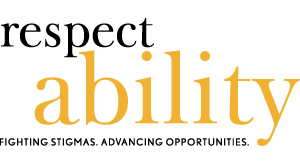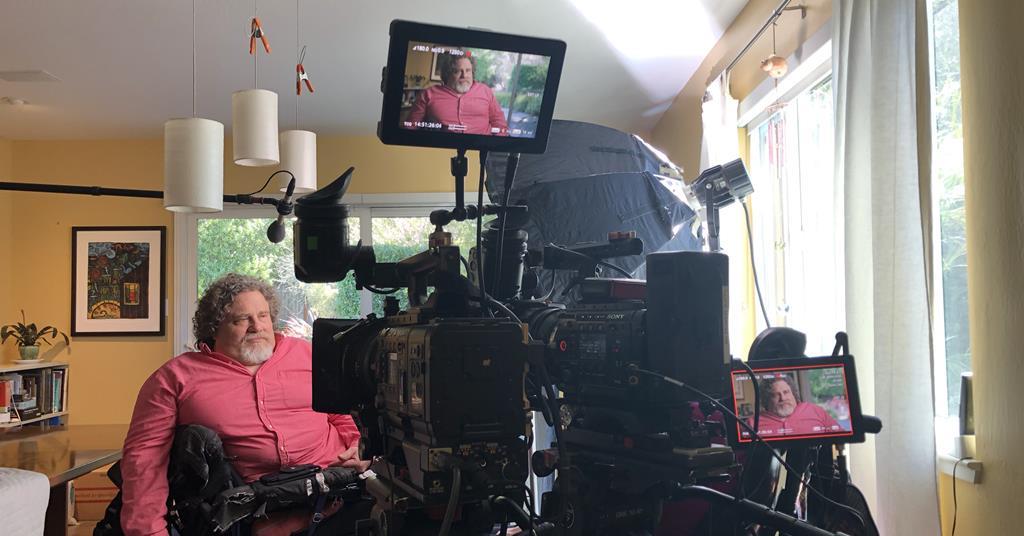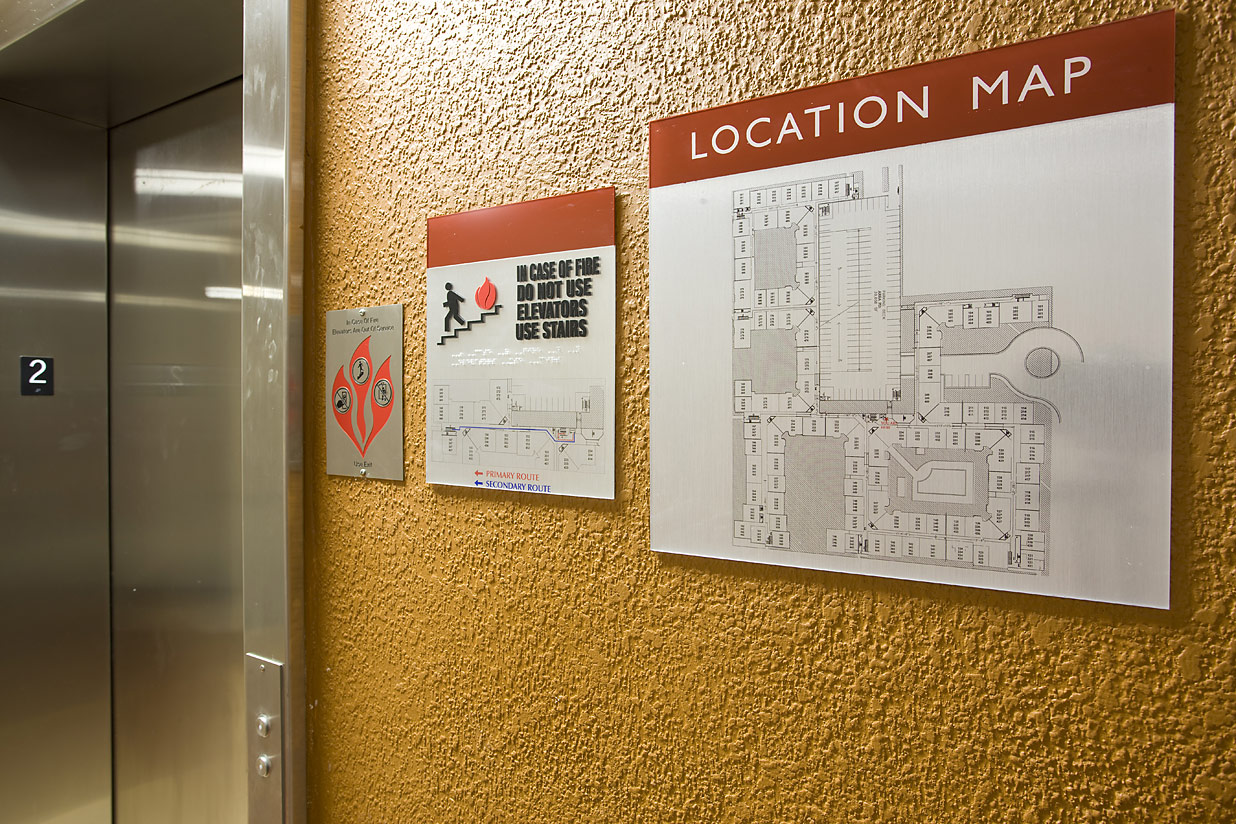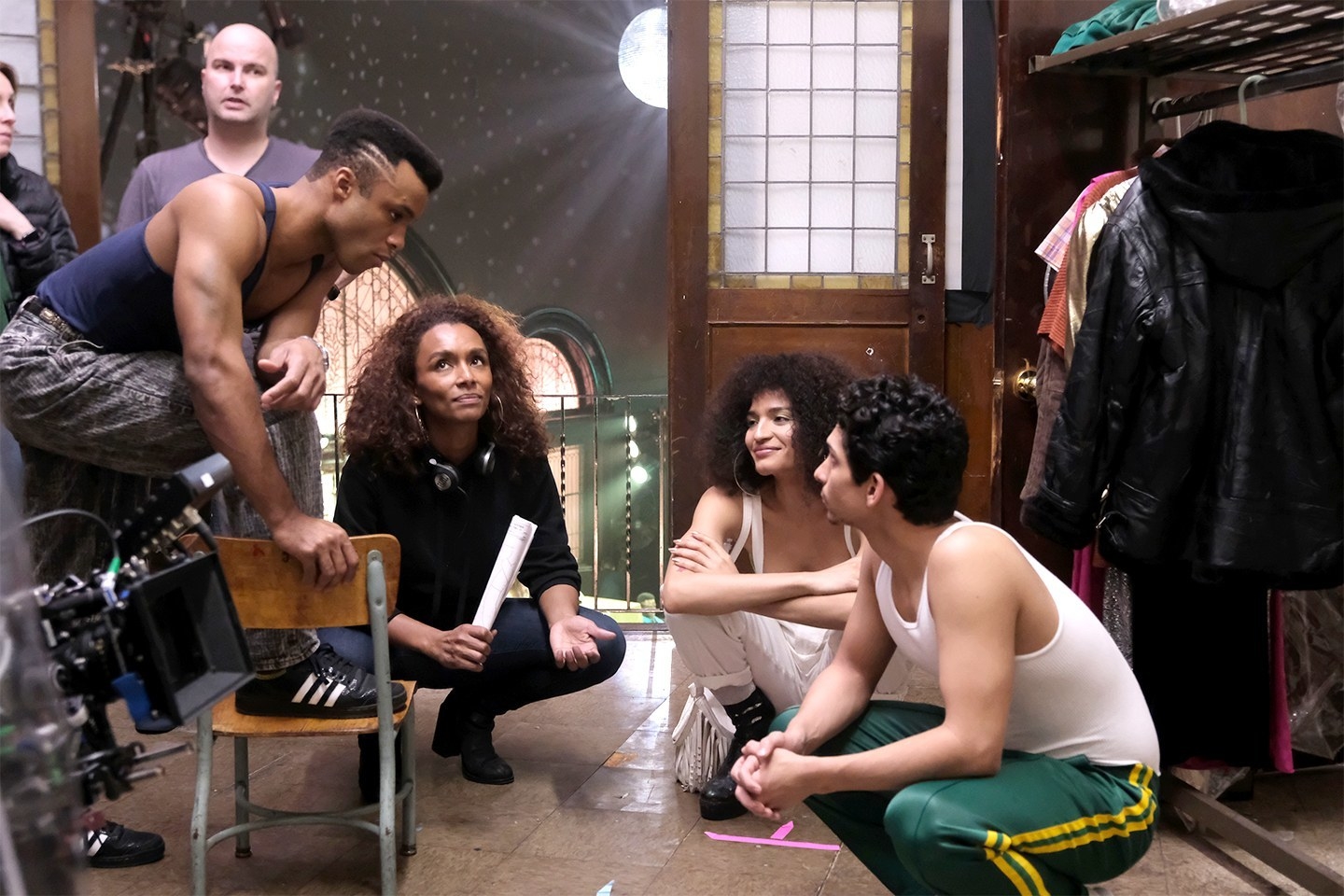RespectAbility’s Hollywood Disability Inclusion Toolkit
RespectAbility is a diverse, disability-led nonprofit that works to create systemic change in how society views and values people with disabilities, and that advances policies and practices that empower people with disabilities to have a better future.
One of RespectAbility’s many publicly available resources is their Disability Inclusion Toolkit, which is intended “to help entertainment professionals who wish to ensure they are as inclusive of people with disabilities as possible.”


The Disability Inclusion Toolkit features resources to support all elements of development, production and even distribution of a project; here we have highlighted some of the Toolkit’s resources related to physical production.
We strongly encourage you to download and review the full toolkit, and to contact RespectAbility to learn how your production can be more accessible.
Get Toolkit
Below, you’ll find some helpful highlights from the Disability Inclusion Toolkit.
To learn more, contact RespectAbility: info@respectability.org
How can I communicate that I am welcoming of people with disabilities?
It is a good idea to explicitly communicate your desire to include individuals with disabilities. Create policies to facilitate inclusion. For example, have a process to ask people what is needed or an established procedure for individuals to request accommodations. Create a process for responding to requests for modification and assistance. Outline guidelines to assure inclusion on event planning forms and other internal documents.
On your website, visually promote the steps you are taking to become more inclusive of individuals with disabilities, including mental health disabilities. The photographs and stories you share, events you advertise, and language you use in your mission statement, “about us” and other sections should reflect that individuals with disabilities are welcomed, valued and included.
Learn More

How do I ensure my space is accessible physically?
There are some free, easy steps to take that can make an immediate difference. Keep interior spaces neat and organized so people with mobility limitations can navigate through the space. There should be a five-foot circle or T-shaped area within the space for people using a wheelchair to reverse direction. Floors should be free of potential tripping hazards or barriers so individuals with visual disabilities or those using walkers or wheelchairs can move around and find a place to sit. Oftentimes items can be moved or rearranged to increase equal access.
Adjust lighting to facilitate lip reading and reading in general. Lighting should be even, glare-free and bright throughout the building. Inexpensive changes can lessen abrupt changes in floor surfacing. The carpet should be no more than a half-inch high and edges securely attached. Light switches could be moved low enough to be reachable by people using wheelchairs and people of short stature. Adding adjustable workspaces for those who use wheelchairs/scooters or need to sit while working also can be beneficial. Switch to unscented/hypoallergenic cleaning products, candles, soaps and air fresheners for those with various chemical sensitivities.
Thinking bigger, does your building meet ADA code? Install automatic door openers so people with physical limitations can open interior doors without assistance. The criteria are that the door handle is not higher than 48 inches, and the maximum force needed to open the door is five pounds. Have a route of travel that is at least 36 inches wide without any stairs throughout the building for a person using a wheelchair. Ensure that all staircases have continuous rails. Have an elevator or lift if stairs are unavoidable. Ensure that there are accessible restrooms and wheelchair-accessible water fountains.
Has someone who uses a wheelchair personally checked the physical accessibility of your offices and programs for people who use wheelchairs?
Read MoreWhat signage do I need to be more accessible?
Communication starts by asking people what they need. Consider adding signs for accessible entrances, exits and restrooms. Bold decals can be used to mark glass doors, so no one runs into them. Explore alternative communication methods for individuals with specific needs or hearing impairments (MD Relay, text, email, phone with TTD to call in about inclement weather). Interior signs should be mounted with a centerline 60 inches from the floor with bold, high contrast, raised characters and braille text.
Read More
We partner with leaders in the entertainment industry for the full inclusion of people with disabilities – both in front of and behind the camera. Now, we are inviting new partners to help move the needle on three core issues: 1) diversity, equity and equality inclusion and diversity in Hollywood; 2) more positive and accurate portrayals of people with disabilities; and 3) the employment of people with disabilities.

